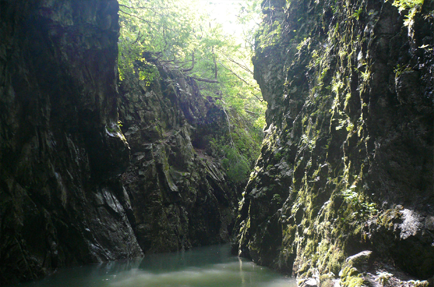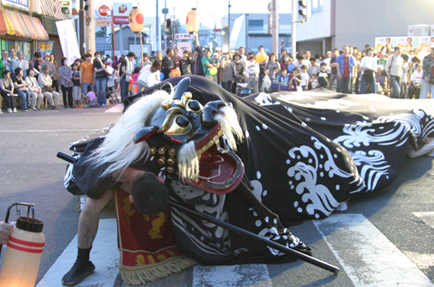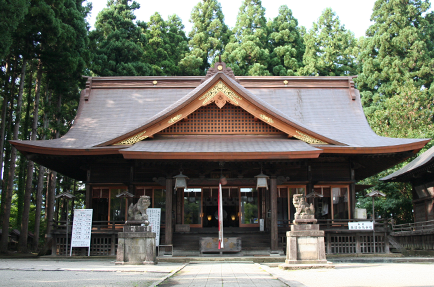Tradition
Even today, the people of Nagai continue to follow centuries-old traditions to wish for their families’ well-being, health, abundant harvests, and safety in travel. These traditions are carefully handed down generation to generation.

Even today, the people of Nagai continue to follow centuries-old traditions to wish for their families’ well-being, health, abundant harvests, and safety in travel. These traditions are carefully handed down generation to generation.

―三淵渓谷卯の花姫伝説 Mufuchi Keikoku Unohana Hime Densetsu“The Legend of Princess Unohana and Mifuchi Ravine”
There is a legend that 1,200 years ago Unohana Princess, the daughter of a ruling family of the Nagai area, fell in love with an enemy shogun (general). Tricked by enemy Shogun, she lost her father and her land to war, and overcome by grief, she threw herself into Mifuchi Keikoku (“Mifuchi Ravine”). Thereafter, she became a waterfall goddess, and the shape of a waterfall is said to be the form of the present-day Kurojishi (a mythical black lion-like creature significant to Nagai’s traditional culture).

―黒獅子舞 Kurojishi Mai “The Mythical Black Lion Dance”
From olden times, people have wished for peace and safety, and shines were constructed as where hearts and minds of gods reside.About 1,000 years ago, the shogun (general) reconstructed 總宮神社 (Soumiya Jinja), a large shrine prominent in present-day Nagai. Before going to war, he had his soldiers perform a 獅子舞 (Shishi Mai), a traditional lion dance. This is said to be the beginning of the black lion dance that still thrives in present-day Nagai.

―總宮神社 Somiya Jinjya “Somiya Shrine”
This is one of the grandest shrines in Nagai, located across from Ayame Koen (Iris Park). It is a beautiful and quiet place to view the changing colors of leaves in autumn.